Japanese cuisine has always been famous for its visual appeal, with ingredients arranged and combined so artistically that a meal can become a feast for both the eyes and the taste buds.
For first-time visitors to Japan, without prior introduction, they will be fooled by the attractive array of food displayed inside restaurant windows that looks as if it has just been prepared. From ramen noodles, burgers, tempura, fresh sushi to pizza, cakes… anyone can feel their appetite rise at the sight.
But resist the temptation to take a bite because these are not real food at all, but rather elaborate replicas of restaurant menus.
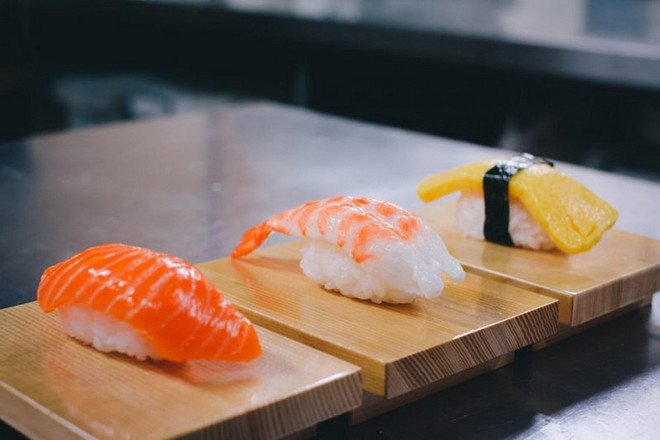
These replicas are called Shokuhin Sampuru (literally "sample dishes") – a unique cultural feature, a sophisticated craft that plays an important role in the culinary and tourism industry of the Land of the Rising Sun.
The Beginning of Sampuru
The origins of Sampuru date back to the early 20th century, when Japanese restaurants sought to help diners visualize their food before ordering. According to some accounts, the first fake food samples were made of wax in 1917, but the technology was primitive and easily deformed under high temperatures.
By 1932, artisan Takizo Iwasaki was credited with pioneering the modern development of Sampuru. Iwasaki once used candle wax to create a model of an omurice (omelette with rice and tomato sauce), which his wife later could not distinguish from the real thing.
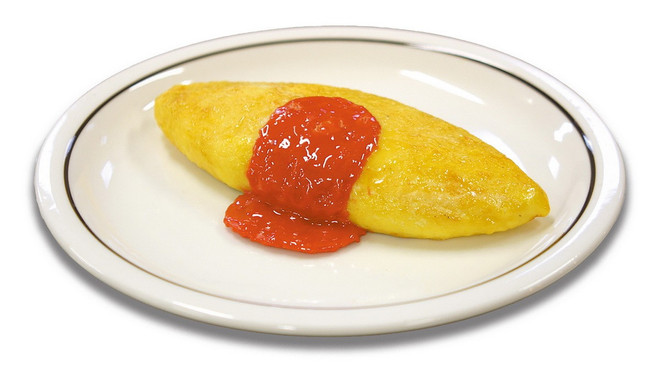
Takizo Iwasaki then experimented with creating fake food samples using wax and gradually perfected the technique to simulate the texture and color of real food in a sophisticated way, and Sampuru quickly became widely used in the Japanese culinary industry.
In the post-World War II era, as Japan's economy boomed, restaurants began competing to attract customers, and displaying simulated food became an effective marketing strategy. As manufacturing technology advanced, wax was replaced with more durable PVC plastic, which extended the durability of simulated food models while maintaining their authenticity.
What's interesting is that each food model is not only a perfect replica, but is also designed to appear delicious even when it's inedible. From a shimmering slice of sushi to a bowl of ramen with a clear broth and "flying" noodles, they all give off an incredibly realistic feel that whets the viewer's appetite.
The Secret Behind Perfect Fake Food
Creating a Sampuru pattern is not simple but is truly an art that requires the skill and keen eye of the artisans.
The process begins with restaurants bringing in their dishes for the artist to photograph, sketch, and create a silicone mold of the model, which is then filled with vinyl.
Next comes the most important step: the artisans must paint the details of the product completely by hand. They must check every detail of the actual food and use oil-based paint brushes to paint the colors of the model, showing the softness and texture of the food exactly as it is real.
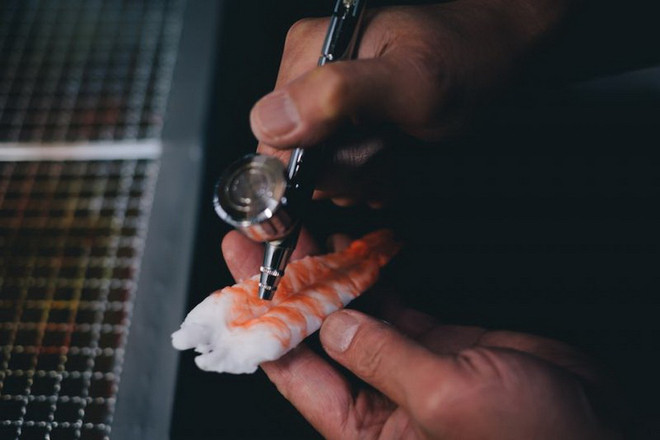
The replicas accurately simulate every detail of the dish, from the color, the burnt edges on the grilled meat, the glossy sauce, the texture of the red beans, the difference between the cooked levels of the steak... all are meticulously refined by hand by the artisan.
Each model is handcrafted and unique to each restaurant's requirements, as each restaurant has different layouts and materials.
Although there are companies that mass produce cheaper food replicas, handmade Sampuru models are still popular, even though they can cost 10-20 times more than the real thing.
From marketing tool to cultural icon
The applications of Sampuru have grown far beyond its original purpose of use in restaurants. Today, Sampuru is also used in advertising photo shoots, foreducational purposes, as kitchen decorations, souvenirs, phone cases, key chains, etc.
From a marketing tool for restaurants, Sampuru has become a cultural icon of Japan, not only reflecting Japanese creativity but also conveying the culinary culture of the Land of the Rising Sun to the world.

Despite the rise of digital technology with electronic menus and 3D images, Sampuru still holds its own thanks to its authenticity that no screen can replace. Many companies even offer Sampuru-making workshops where visitors can create their own fake food from melted wax.
Japanese cuisine, the sophistication of Sampuru and the exciting experience of making this creative art form yourself are the reasons why many foreign tourists want to return to Japan more than once./.
Source: https://www.vietnamplus.vn/kinh-ngac-voi-nghe-thuat-sampuru-mo-phong-thuc-an-sieu-thuc-cua-nhat-ban-post1012809.vnp



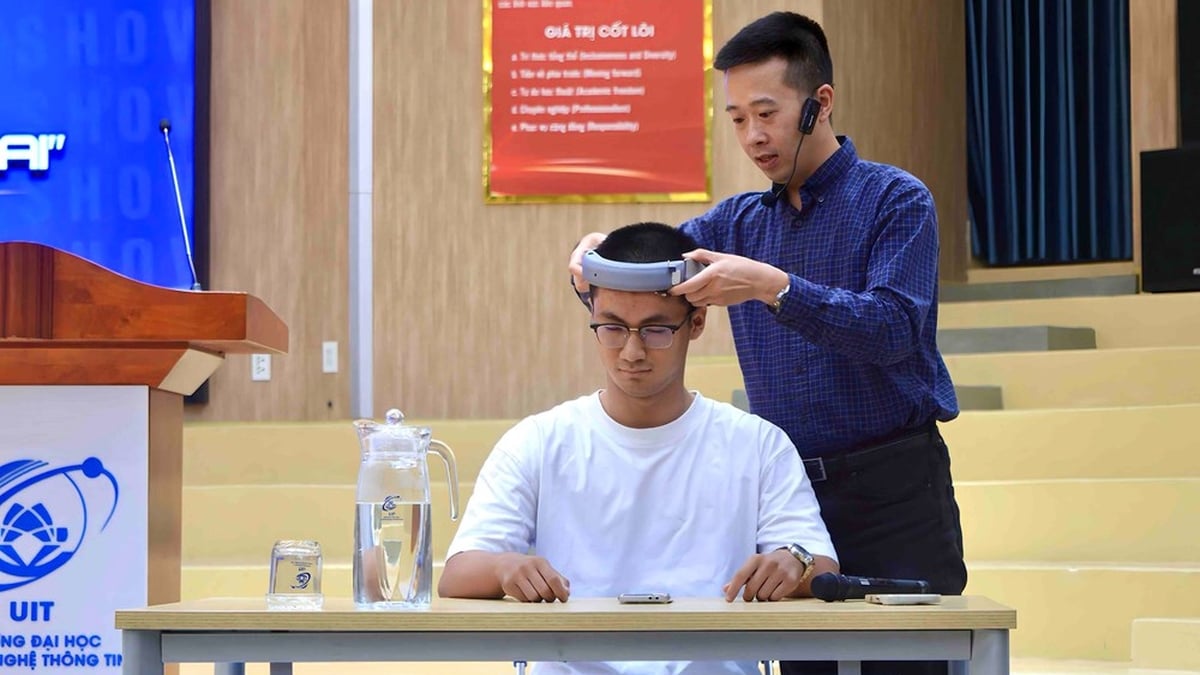

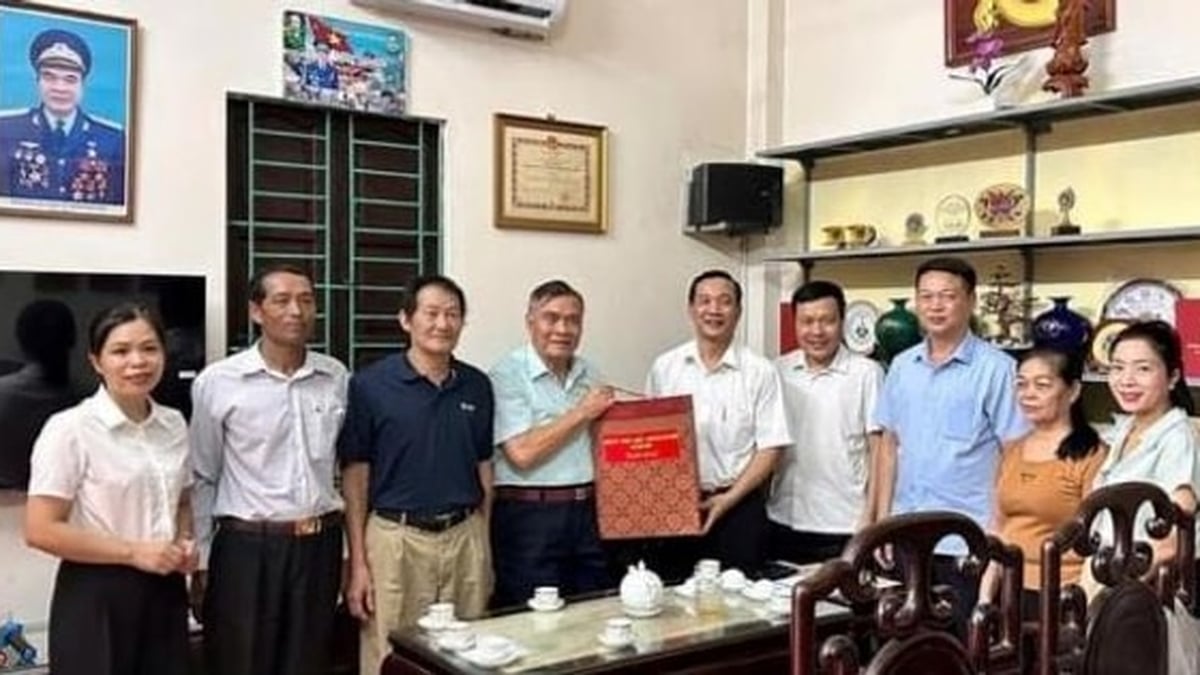































































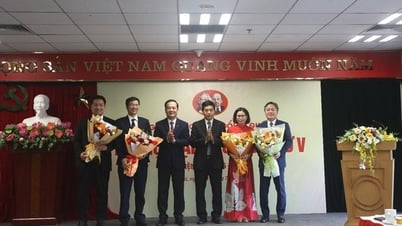

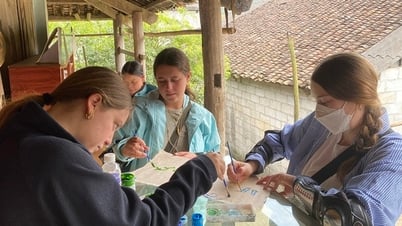



























Comment (0)